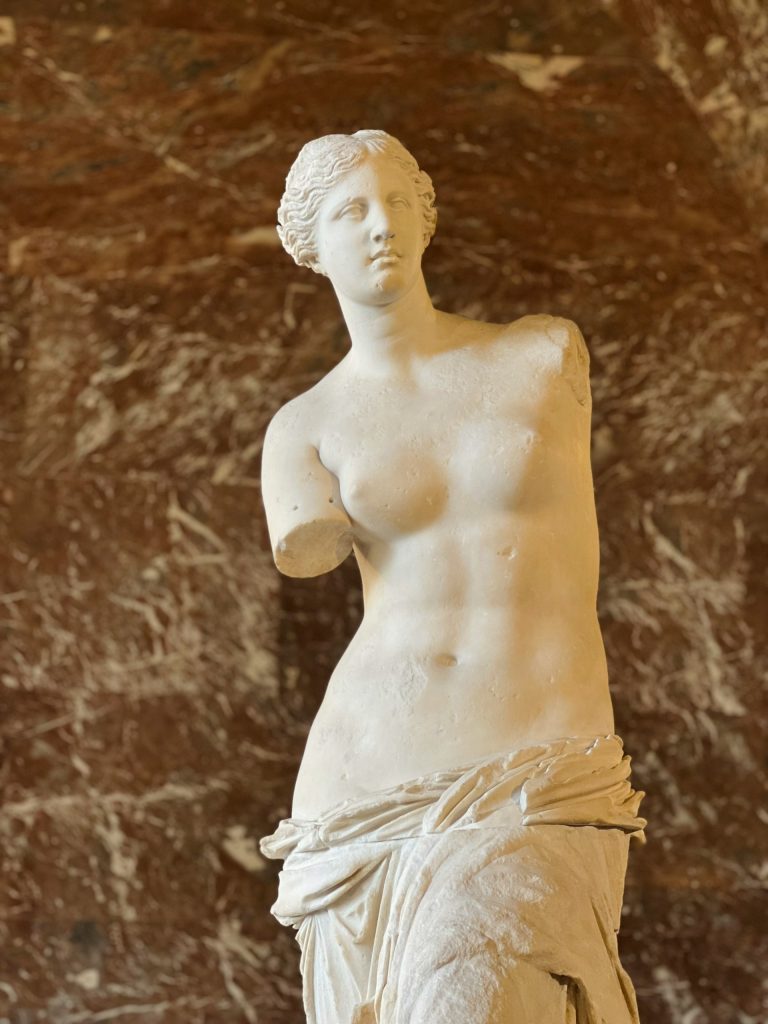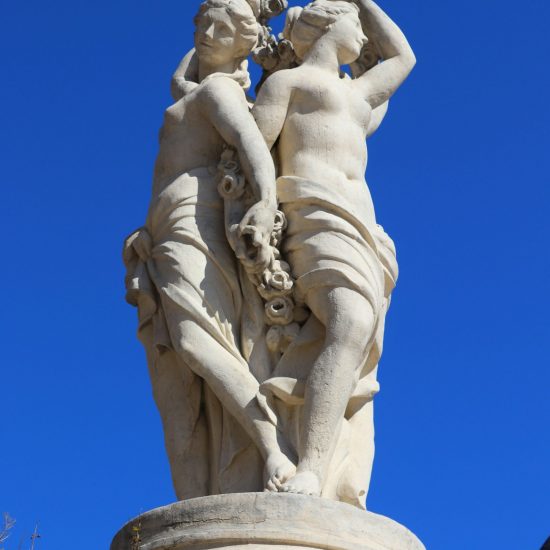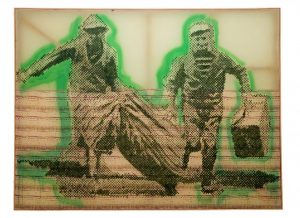Introduction to the ancient muses
You’ve probably heard about a couple of famous figures in ancient Greek mythology. Prominent names, like Zeus, Aphrodite, Achilles, Hades, Poseidon… it’s not surprising since they are portrayed so often in the media, or mentioned in our everyday lives through expressions like “Achilles’ heel“ or “Herculean effort“. But today, we’ll shift our focus from them to some potentially lesser-known figures, whose impact was arguably as great as the heroes mentioned before. Let us take a look at the ancient Muses of Greek mythology.
Definition: In Greek mythology, the Muses are nine goddesses each symbolizing a branch of science or art. They are daughters of Zeus and Mnemosyne, the goddess of memory, and were considered a source of inspiration in poetry, literature, music, and dance. They were highly revered, artists and writers would call upon them for inspiration and guidance.

Source: https://unsplash.com/photos/white-ceramic-angel-figurine-on-table-PnmZdYj_eWg
The nine ancient muses:
- Calliope: Calliope is the muse of epic poetry and is often depicted with a writing tablet or a scroll. She is considered to be the “Chief of all Muses”. She is believed to have inspired poets to create epic narratives and grand tales of heroes and gods. She had two famous sons, the great prophet Orpheus, and Linus, a reputed musician and master of eloquent speech.
- Clio: Clio, the muse of history, is usually shown with a scroll or books. She is known as the “Proclaimer“ and inspired the recording of historical events and the chronicling of significant moments in time.
- Euterpe: Euterpe is the muse of music, and is often portrayed with a flute. Ancient poets called her “Giver of Delight“ as musicians would call upon her for inspiration and assistance in their compositions.
- Erato: Erato is the embodiment of romantic poetry, and is depicted with a lyre or a small kithara and wreath of myrtle and roses. She inspired love poetry and passionate lyrics.
- Melpomene: Melpomene represents tragedy, depicted with buskins, lyres, scrolls, holding a tragic mask. Her name is derived from an Ancient Greek word meaning, “to celebrate with dance and song.“ In the early days of her worship, she was considered to be the muse of singing. Over time, the way the people viewed her changed and she became the muse of tragedy. She inspired playwrights and poets to create tragedies and explore the depths of suffering.
- Terpsichore: Terpsichore is the muse of dance. She is shown with a lyre and in a sitting position, providing music to the dancers.
- Thalia: Thalia, the muse of comedy, holds a comic mask and a shepherd’s staff or a wreath of ivy. Her name means “joyous and flourishing“, and she was the one called upon by comedic playwrights and poets.
- Polyhymnia: Polyhymnia meaning “the one of many hymns“ is the muse of sacred poetry and sacred hymns. She is often depicted in a reflective and contemplative pose, dressed in a long cloak, sometimes with a veil. She inspired the composition of sacred hymns and religious poetry.
- Urania: Urania is the muse of astronomy, and is depicted holding a globe. While the planet Uranus is named after the Greek god of the sky, Uranus but from this results that by extension it is indirectly named after her also.
How the muses spread around the world

Source: https://unsplash.com/photos/a-marble-statue-of-a-woman-in-front-of-a-marble-wall-XtiG9jkN3zU
People worshipped the Muses in various locations, often associated with springs and fountains like Aganippe, Hippocrene, and Pirene. Pythagoras advocated for building shrines for them for civic harmony and learning. Key worship sites included Boeotia, Delphi, and Parnassus, where Apollo was known as Mousēgetēs meaning “Muse-leader“.
The cultural impact of the Muses extends far beyond ancient Greece, influencing artistic and intellectual traditions across civilizations and throughout history. In Roman mythology, the Muses were known as the Camenae or the Musae, and their attributes and roles were adopted into Roman culture alongside their Greek counterparts.
The concept of the Muses spread throughout Europe during the Renaissance and Enlightenment periods. Some Enlightenment figures intended to revive the cult of the muses. As a side-effect of this movement, the word museum (originally, “cult place of the Muses“) came to refer to a place for the public display of knowledge.
During the Renaissance, Christian poets began to consider Urania as their Muse. A concrete example of this is in the invocation in Books 7 and 9 of John Milton’s epic poem Paradise Lost. The poet invokes Urania to aid his narration of the creation of the cosmos, though he cautions that it is “the meaning, not the name I call” signifying that by using this invocation he is not straying away from the Christian faith.
Impact on today’s world
- In New Orleans, Louisiana, there are streets named for all nine muses.
- Calliope Beach in Antarctica is named after Calliope, as is the calliope hummingbird of North and Central America
- Clio Bay in Antarctica is named after the muse
- There are several astronomical objects named after all nine muses.
- Terpsichore, a genus of ferns in the family Polypodiaceae, subfamily Grammitidoideae is named after the muse
- Calliope also features in the 1997 Walt Disney Pictures film Hercules, appearing alongside the Muses Clio, Melpomene, Terpsichore, and Thalia, who collectively serve as a Greek chorus.
Conclusion
Today, the word “muse“ has evolved to refer to a person or thing that serves as a source of inspiration for creative endeavors such as writing, art, music, or poetry. In modern usage, “to muse“ means to reflect or ponder, often deeply, on a subject. Additionally, a “muse“ can be someone who stimulates creativity in others, much like the Muses of ancient mythology who inspired poets, artists, and scholars.




